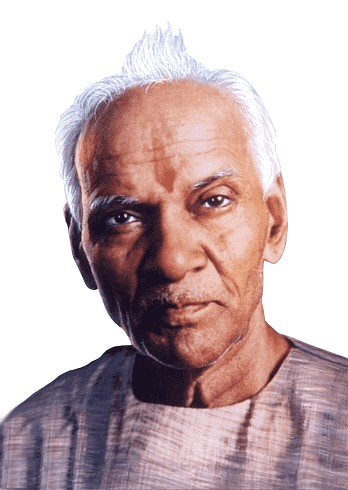The logo of the COP29 United Nations Climate Change Conference is displayed against the cityscape in Baku, Azerbaijan, on October 31, 2024. Image source: Reuters
This month’s United Nations climate summit (COP29) in Baku, Azerbaijan, is known as the “Climate Finance Conference of the Parties” because of its central goal: to agree on how much money should be invested each year to help developing countries cope with climate-related costs.
That discussion could be difficult following Tuesday’s re-election of former U.S. President Donald Trump. and natural gas producers were removed from the landmark 2015 Paris Agreement to combat climate change.
COP29 delegates will also seek to advance other agreements reached at previous summits.
Below are some of the key agenda items for the November 11-22 summit.
climate finance
The dominant abbreviation at this year’s summit is NCQG – which stands for New Collective Quantified Goals.
This refers to the new annual climate finance target, which will kick in at the end of this year when the current $100 billion in commitments expire.
Rich countries have met the annual target only sporadically since 2020, leading to growing distrust among the world’s climate-vulnerable nations.
As COP29 aims to set higher targets for the coming years, rich countries insist that funding cannot come entirely from their budgets.

Instead, they are discussing a more complex effort that includes reforming the global multilateral lending system to reduce climate-related financial risks and encourage more private capital.
It’s unclear how much of the overall annual target rich countries will contribute. Also open is the question of whether fast-growing countries such as China or the Middle East’s Gulf oil states should also contribute, a position backed by the United States and the European Union.
By reforming the global banking system, countries hope to increase annual climate financing totals. UN agencies estimate trillions of dollars are needed annually, but officials in COP29 host Azerbaijan say figures in the “hundreds of billions” are more likely to win consensus approval.
fossil fuel transition
At the end of last year’s COP28 summit in Dubai, countries agreed for the first time to “break away from fossil fuels in the energy system.”
Since then, however, global fossil fuel use and export sales have continued to grow, with countries including Azerbaijan, the United States, Namibia and Guyana approving new oil and gas production areas.
With countries and companies still unclear about their commitment to exiting coal, oil and gas, negotiators say COP29 is unlikely to provide a timetable or stronger language on fossil fuels, although some countries may push to halt the licensing of new coal-fired power plants.
Countries will also discuss progress on pledges to triple renewable energy capacity and double energy efficiency as a way to ease demand for fossil fuels.
carbon market rules
Governments are eager to resolve rules for trading carbon credits earned by protecting forests and other natural carbon sinks.
While these credits are intended to be issued to countries as optional offsets for their national emissions, they can also be traded on the open market. Business leaders are seeking COP29 rules to ensure transparency and environmental integrity of projects recorded under the Paris Agreement Credit Mechanism (PACM).
Key issues still to be decided include how PACM regulators will set standards, whether credits should be assessed before transactions, and whether and when credits can be withdrawn.

Increase transparency
Azerbaijan hopes countries will submit their first climate action progress reports during the summit before the Dec. 31 deadline, but it is unclear whether countries will do so.
These so-called biennial transparency reports (BTRs) are intended to describe how far a country has made towards meeting its climate goals and how far it still needs to go to set new targets by February. The United Nations said last week that as things stand, countries’ commitments to reduce emissions remain well below what is needed.
BTR will also provide insights into how much funding developing countries currently need to transition their economies away from fossil fuels and adapt to conditions in a warming world.
adapt focus
Last year, countries pledged to develop a framework of guidelines for national plans to help people adapt to climate changes such as warming, rising sea levels or drought on farmland.
But the adaptation framework lacks details, such as quantitative targets to measure progress or strategies to link projects to climate finance.
Countries hope to set more specific adaptation targets during COP29.
Loss and Damage Compensation
In the two years since Egypt’s COP27 summit agreed to help poor countries cope with losses from climate disasters such as extreme floods, storms or droughts, some $660 million has been raised through a new Loss and Damage Fund that will be headquartered in the Philippines.
Climate-vulnerable countries will call on rich countries to contribute more to the fund.
Published – November 7, 2024 1:18 pm (IST)

